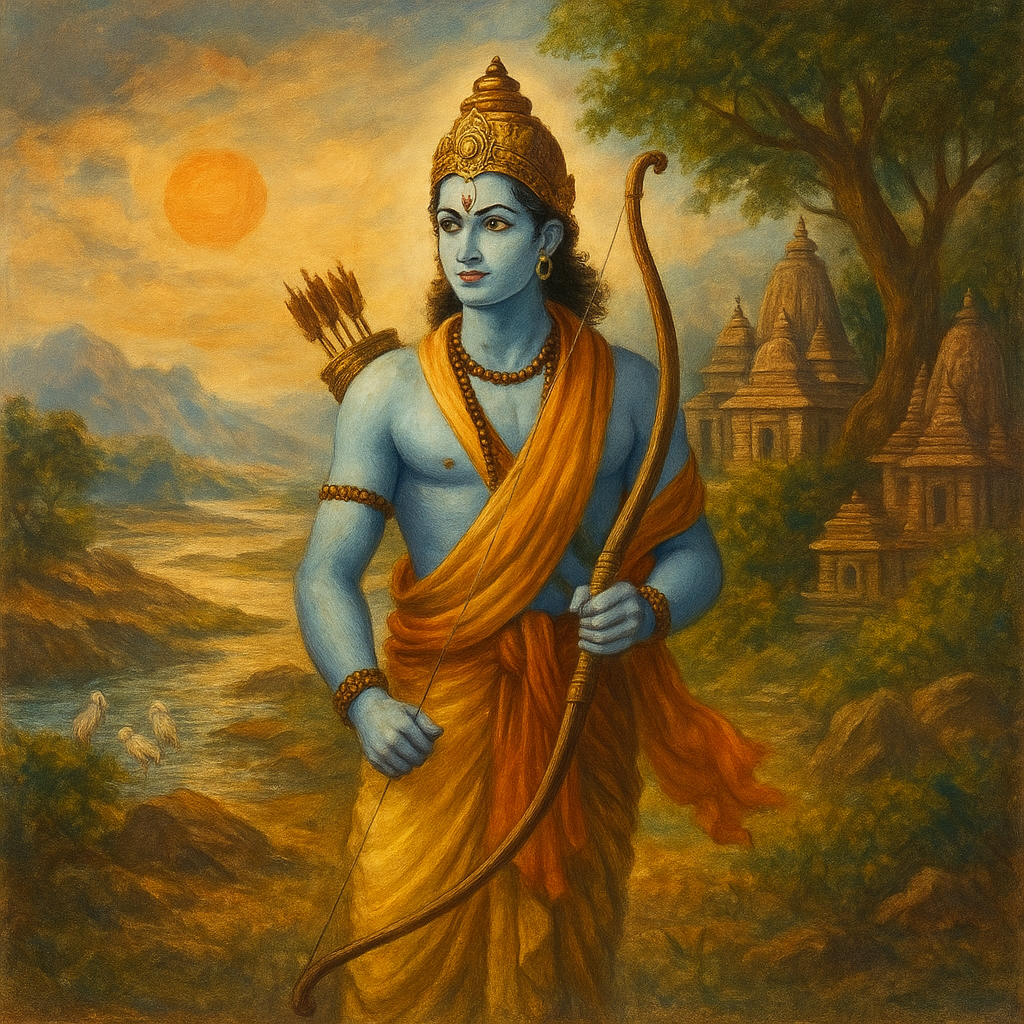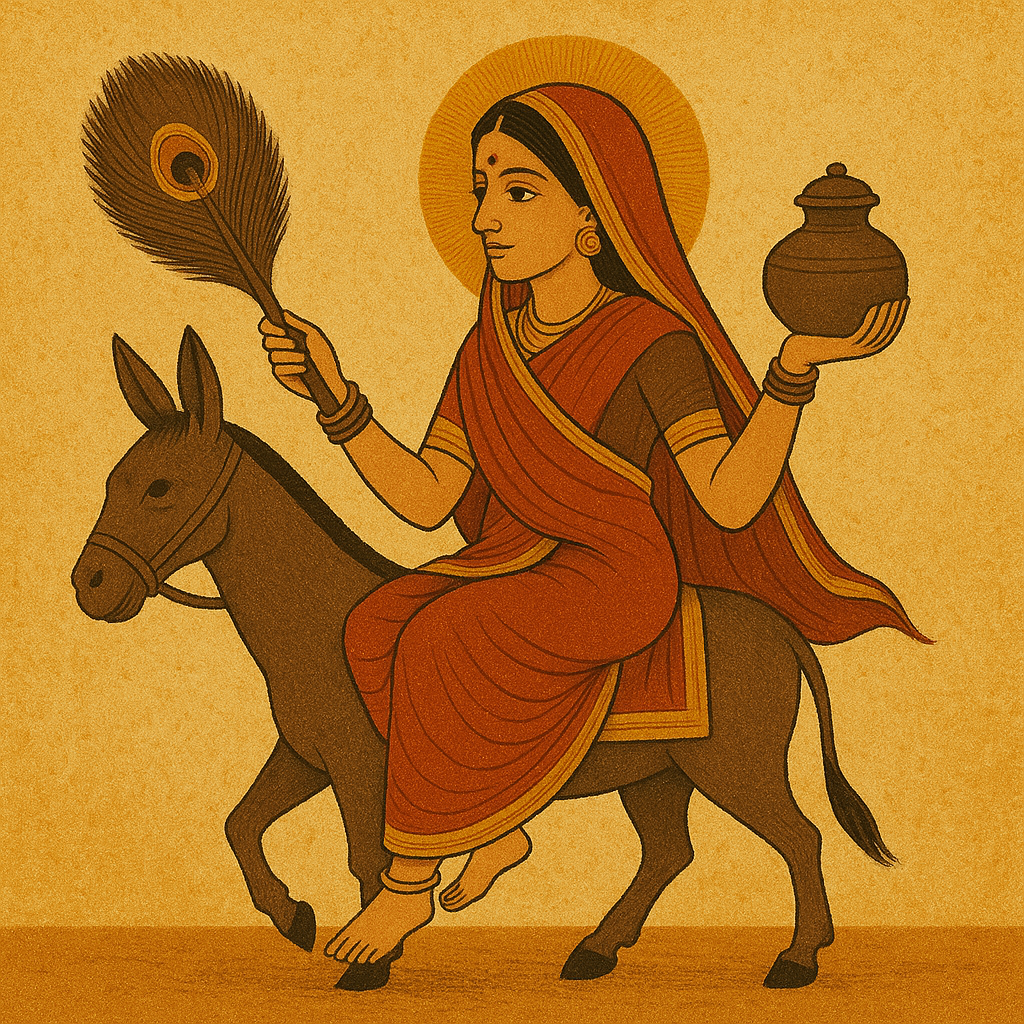Arudra Darshan is an auspicious day to commemorate the cosmic ecstatic dance of Bhagawan Shiva, a symbolic representation of Pancha Krityas or five duties which are Srishti (Creation), Sthithi, (Preservation), Laya (Destruction), Tirobhav (Concealment and Revival) and Anugraha (Salvation).
Arudra Darisanam is celebrated on Purnima or on a full moon night accompanied by Arudra birth star in Margazhi which is considered as the longest night of the year.
When is Arudra Darshan celebrated on 2026?
The day of Arudra Darshan is celebrated on Thiruvadhirai Nakshathram. Ardra Nakshatra, also known as Arudara or Thiruvathirai in South India, is the 6th Nakshatra among the 27 Nakshatras.
Arudra Darshanam on Saturday, January 3, 2026
Thiruvathirai Nakshathram Begins - 08:04 PM on Jan 02, 2026
Thiruvathirai Nakshathram Ends - 05:27 PM on Jan 03, 2026
Arudra Darshanam on Thursday, December 24, 2026
Thiruvathirai Nakshathram Begins - 04:53 AM on Dec 24, 2026
Thiruvathirai Nakshathram Ends - 01:47 AM on Dec 25, 2026
Significance of Arudra Darshan
Bhagawan Shiva as Nataraja represents the cosmic dance of Shiva symbolizing the fivefold aspects of divine control of the universe namely; creation, preservation, destruction, illusion and grace. When Bhagawan Shiva dances, matter, energy and sound are created through his moves. The qualities manifest themselves and all spheres with their atomic energy operate along with the movement of his body. His matted hair are seen tossing while his garments of leopard skin whirls off his body and the serpent tossed off his neck by his pace finds it difficult to keep coiling, while the Gods, Goddesses and the Ganas assemble to witness the cosmic dance.
Essentially, this dance of the cosmic spheres represents the never-ending cycle of making things and destroying them. This dance in space is where all energy comes from and it happens in every particle. The Arudra Darshan dance honors Bhagawan Shiva's happy dance. The most important part of the Margazhi Brahmotsavam is the Arudra Darshan at the Chidambaram Nataraja Temple.
The six headed Kartikeya beats a circular drum and bell while four armed Bhagawan Ganesha plays veena accompanied by Goddess Parvati, the consort of Bhagawan Shiva. Nandi, the bull was in rapt attention listening to the music created by the divine orchestra of Bhagawan Shiva. Banasura, Bhagawan Shiva’s ardent devotee played innumerable drums and other instruments during the cosmic event.
It is celebrated with fervor at the Tiruvalankadu Temple, the Nellaiappar Temple, the Kutralanathar Temple, the Tiruvarur Temple, the Kapaleeswarar Temple, and numerous other Bhagawan Shiva temples around the world.
Significance of Shiva Dance
Shiva's Cosmic Dance would represent an endless cycle of transformation. Shiva as Nataraja depicts a stunning and dazzling representation of the Universe's periodic or cyclical nature. Nataraja is the depiction of Dancing Shiva, the Supreme God, as a cosmic blissful and ecstatic dancer. His dance is known as Lasya, but it is also known as Nadanta or Tandavam, depending on the context of the dance sequences.
The Nadanta, Shiva's dance, is symbolic of the interaction and embodiment of cosmic forces of nature and the pulse of electronic energy inside the cosmos. In the Nadanta dance, Shiva personifies the kinetic part of his holiness, the underlying force that creates, sustains, and finally destroys the whole cosmos. He is the embodiment of the Supreme Intelligence - the Divine Spirit - doing the Karma dance.
The opposite dance Tandava is a violent and hazardous dance that represents destruction. This devastation is related with the deconstruction of tired world ideas - tired viewpoints and tired lives. The essence is that the Lasya and Tandava are two aspects of Shiva's nature; he demolishes in order to build, pulling down in order to rebuild.
On His superb Nataraja portrayal, the upper left hand holding a small drum represents 'creation,' fire on the upper right hand represents 'destruction,' the second right hand showing 'abhaya mudra' represents 'protection,' and the second left hand pointing to his feet represents 'salvation and grace,' all within a ring of fire that represents a continuous cycle that holds all four known representations of the universe.
Nataraja also renders the five elements that comprise the universe visible. The Fire element is represented by the flame in his left hand. The Air element is represented by the damaru. The sound and vibration are made possible by the air within it. Furthermore, the snake around his neck symbolizes the air too, as the snake slithers in the same way that the air (oxygen) slinks down throughout our system. We can't see the fifth element, Akasha or Ether. It's the void between his steady right leg and his raised foot. The dwarf on whom He dances embodies the Earth element. And the Water element is represented by the goddess Ganga, who has matted his hair and is the font of the sacred Ganges river.
He does a dance on a dwarf demon 'muyalakan' that represents 'ignorance.' The imagery exemplifies - if any person places their 'ignorance' at God's feet, then God will safeguard them from the never-ending cycle of creation and destruction that leads to redemption. Hence, the demon under Nataraja’s feet signifies that Shiva conquered ignorance. In the Chidambaram temple, Bhagawan Shiva is also worshipped as Akasa Lingam or the formless form also known as Chidambara Rahasyam.
Legend of Arudra Darshan
According to a legend, Bhagawan Shiva performed the cosmic dance in Nataraja avatar at Chidambaram for his devotees, Adi Shesha and Vyagrapaadar. Adishesha is the seven-hooded snake on whom Bhagawan Vishnu rests in the Milky Ocean. He wanted to witness the cosmic dance of creation. Bhagawan Shiva instructed him to take an avatar of Sage Patanjali and visit Thillai Forest, where he would perform the dance. Sage Vyagrapaadar was a Bhagawan Shiva devotee who performed rigorous penance and tapas to witness the Ananda Tandav. Bhagawan Shiva performed a dance for the two devotees at Chidambaram.
According to another legend, at Thillai, a group of sages with magical powers resided. They thought that they could control even God with their rituals and mantras. To curb their arrogance and ego, Bhagawan Shiva visited the forest in the form of Bhikshadanar, a mendicant. He was very handsome and was also accompanied by his consort. The sages and their wives were enchanted by the handsome mendicant and his wife. However, the sages became angry when they saw their wives chasing the mendicant. They had materialized many serpents through magic. The mendicant wore them as ornaments on his matted locks, waist, and neck. They invoked a fierce tiger, which Bhagawan Shiva skinned and wore as a loincloth. The frustrated sages used their spiritual prowess to invoke a powerful demon called Muyalakan, symbolizing ignorance and arrogance. However, Bhagawan Shiva stepped on the demon's back, immobilized him, and performed the Ánanda Thandava, the dance of eternal bliss. When they realized who the mendicant was, the sages surrendered at his feet.
Arudra Darshan Celebrations
The grandest celebration of Arudra Darshan is carried out at the Chidambaram Nataraja temple and Bhagawan Nataraja Urchavam in Tamil Nadu. Bhagawan Shiva’s cosmic dance is enacted at the temple. The festival is also celebrated at the Tiruvannamalai Arunachaleswarar temple. Bhagawan Shiva is worshipped in his Nataraja form in the Ananda Tandava pose at the temple. The festival coincides with the conclusion of Margazhi Brahmotsavam.
The Chidambaram temple is also known as the Thillai Nataraja temple after the forest of Thillai trees that once grew where the temple exists presently. It was built in the 10th century, when Chidambaram was the capital of the Chola kings. It is one of the Pancha Bhootha temples and represents the element of space, or Akasa (sky), which lies at the center of the world’s magnetic equator.
The festival is also celebrated at Tiruvalankadu temple, Tiruvarur temple, Nellaiappar temple, Kutralanathar temple, and Kapaleeswarar temple. The festival is also celebrated in Sri Lanka, Malaysia, Singapore, South Africa, and Australia.
Arudra Darisanam Benefits
Observing a fast on Arudra Darshan is highly auspicious.
Sage Vyagrapada, Munichakkar and the serpent Karkotaka observed a vrat on Arudra Darisanam and were blessed with the fortune of witnessing Bhagawan Shiva’s dance. After observing a vrat, sage Vyagrapada was blessed with a son known as Upamanyu Vipular. It is said that a Brahmin had observed the vrat and attained the fortune of visiting Kailash in a celestial flight.
Benefits of Performing Vrat on Arudra Darshan:
-
Helps overcome fear, concerns, and difficulties.
-
Provides defense against hostile forces, witchcraft, and enemies.
-
Neutralizes malevolent planetary influences in the birth chart.
-
Offers achievement of success, wealth, and material comforts.
-
Removes the negative effects of past-life karma.
-
Resolves relationship and debt issues.
-
Clarifies thoughts and actions.
-
Revitalizes health.
Arudra Darshan Vrat Katha
Legend has it that Bhagawan Vishnu was peacefully reclining on his snake couch, immersed in blissful contemplation. Adisesha, the five-headed snake supporting Bhagawan Vishnu, inquired about his thoughts. He responded with thoughts of the divine cosmic dance of Bhagawan Shiva. Adisesha inquired about the possibility of witnessing the divine dance, prompting Bhagawan Vishnu to advise him to undertake rigorous penance. Adisesha fervently meditated at Chidambaram to please Bhagawan Shiva. He finally witnessed the cosmic dance of Shiva as Nataraja at Chidambaram, accompanied by sages Vyagrapada and Patanjali, during Arudra darshan.
Arudra Darshan Vrat
The festival is celebrated at Tiruvannamalai Arunachaleswarar Temple during the Ardra Nakshatra in the month of Margazhi. The temple hosts special pujas and rituals on this day.
-
On Thiruvaadhirai, devotees wake up early and pray to the idol of Shiva Nataraja.
-
After taking a bath and completing the daily rituals, devotees visit the abode of Bhagawan Shiva.
-
Offerings are made to the Bhagawan Shiva and Abhishekam is performed.
-
Devotees also witness the holy anointing ceremony of Bhagawan Nataraja, a ritual to light the abode of Bhagawan Shiva with ghee lamps.
-
On this day, a special delicacy ‘kali’ and ‘thalakam’ a multi vegetable dish is prepared to celebrate the cosmic dance of Bhagawan Shiva.
-
On Thiruvadhirai vrat, devotees observe a fast for the day and break it after worshipping Bhagawan Shiva.
On this day, a special Abhishek is performed in front of Shiva Nataraja idol at all temples with milk, curd, honey, sugarcane juice, turmeric, sandalwood paste and rose water. Devotees prepare and offer the Bhagawan a special dish called ‘Thiruvathirai Kali’ which is made of jaggery.
The idol of Goddess Parvati and Bhagawan Shiva is decked up with flowers, chandan, turmeric and kumkum and lamps and incense sticks are lit. Prayer hymns invoking Bhagawan Shiva are read and recited.
A special dish named Thiruvathirai Kali (rice granules and jaggery) and Kootu (spicy mixed vegetable curry) are prepared and offered as Naivedyam. After aarti, Naivedyam is distributed as prasadam.
Abhishekam with milk, curd, honey and fruits are offered at Nataraja temples. Special homam and Yagna are conducted to invoke Sri Nataraja Swamy. A procession of Sri Nataraja Urchava Murthy is carried out.
Thiruvadirai Mai, a paste made of black ash and ghee is given to the devotees which is applied on the forehead for protection.
The Thiruvathirai Festival in Kerala is dedicated to Shiva and Parvati.
Arudra Darshan Mantra
ॐ तत्पुरुषाय विद्महे ताण्डवेशाय धीमहि तन्नो नटेश: प्रचोदयात्
ॐ त्रयम्बकाय विद्महे त्रिशूल हस्ताय धीमहि तन्नो नटराज: प्रचोदयात्


-in-Astrology.jpg)






.jpg)




Comments 0
Leave your thought here